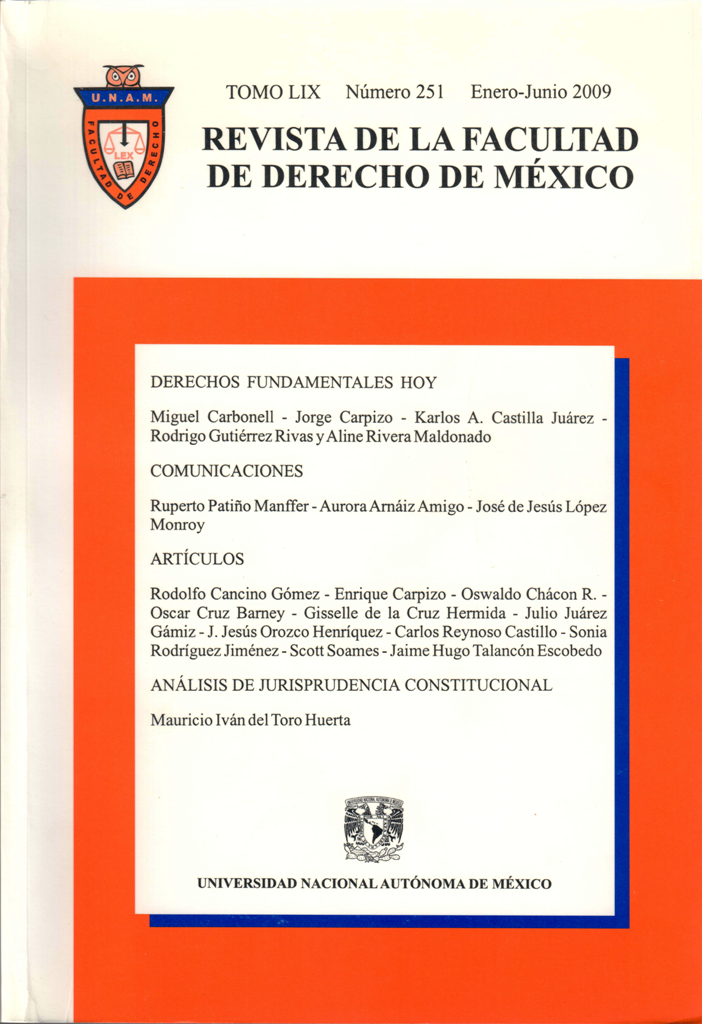INTERPRETANDO TEXTOS JURÍDICOS: QUÉ ES Y QUÉ NO ES ESPECIAL ACERCA DEL DERECHO
Contenido principal del artículo
Resumen
¿Cómo se relaciona el contenido del derecho positivo —incluyendo estatutos, reglamentos administrativos—, con sus fuentes imperativas, entendido bajo la luz de las creencias, intenciones y presuposiciones de quienes lo produjeron y a quienes está dirigido? Creo que puede realizarse progreso viendo esta pregunta como un ejemplo de una pregunta más general acerca de lo que determina el contenido de textos lingüísticos ordinarios. Por ello, recorreré algunos avances recientes en semántica y pragmática, extrayendo lecciones para la interpretación jurídica al rastrear implicaciones para diferentes tipos de “casos difíciles” en el derecho.
Descargas
Los datos de descargas todavía no están disponibles.
Detalles del artículo
Cómo citar
Soames, S. (2017). INTERPRETANDO TEXTOS JURÍDICOS: QUÉ ES Y QUÉ NO ES ESPECIAL ACERCA DEL DERECHO. Revista De La Facultad De Derecho De México, 59(251), 351–376. https://doi.org/10.22201/fder.24488933e.2009.251.60878
Citas en Dimensions Service

Revista de la Facultad de Derecho de México por Universidad Nacional Autónoma de México se distribuye bajo una Licencia Creative Commons Atribución-NoComercial-CompartirIgual 4.0 Internacional.
Basada en una obra en http://www.revistas.unam.mx/index.php/rfdm.

